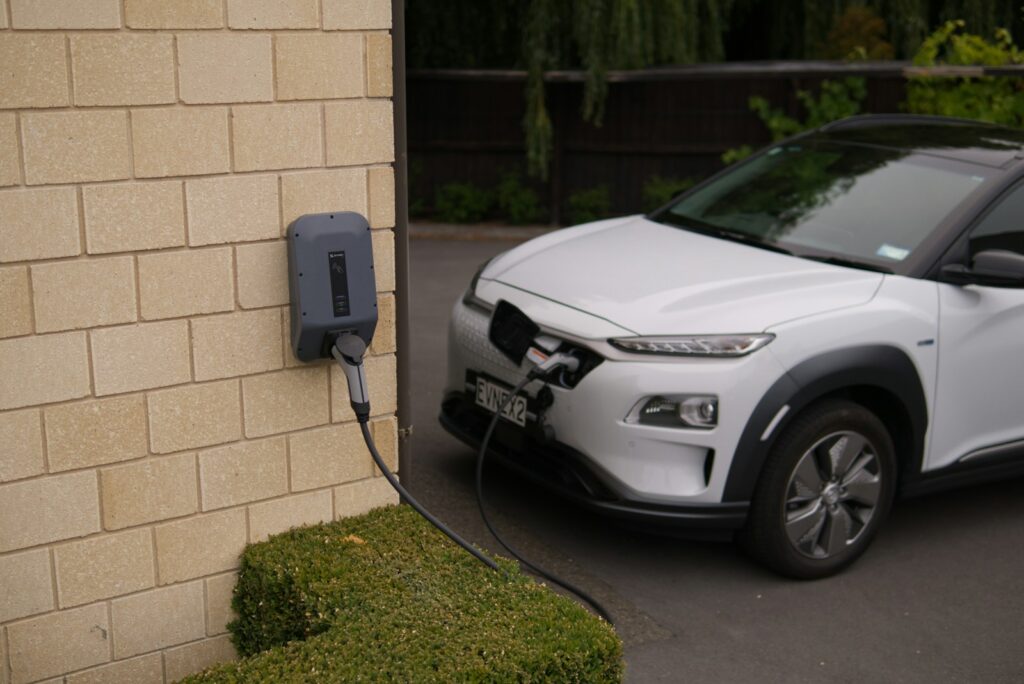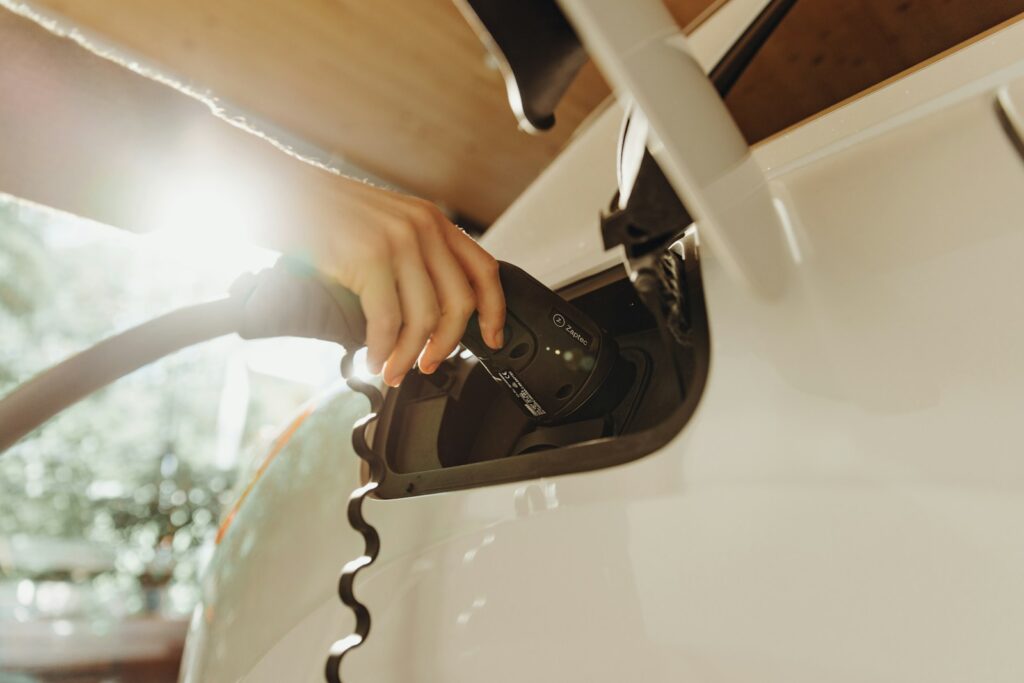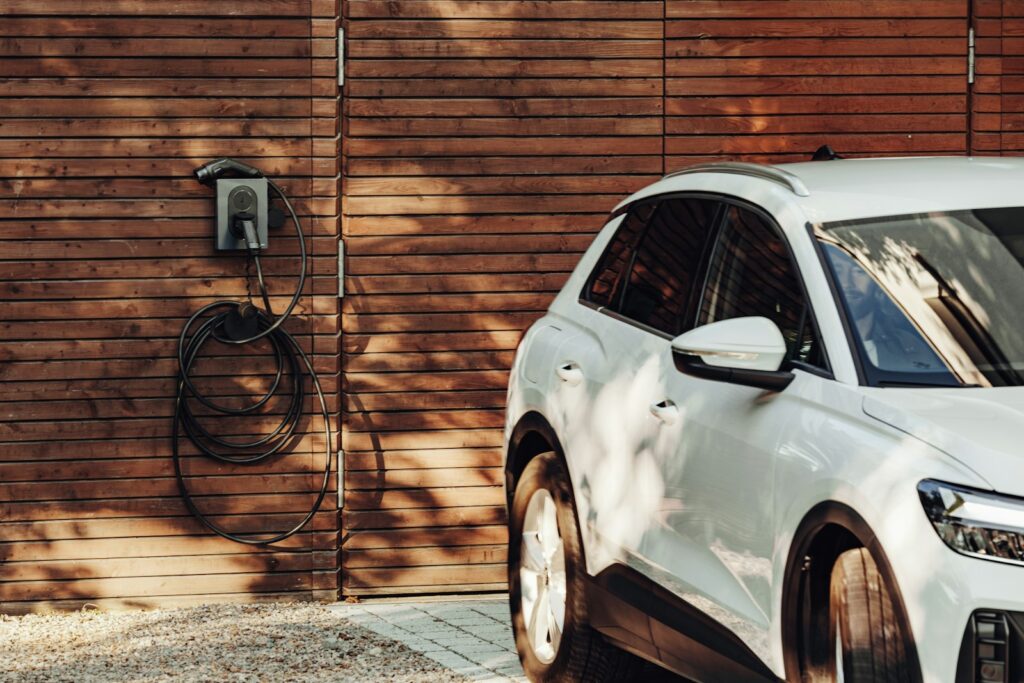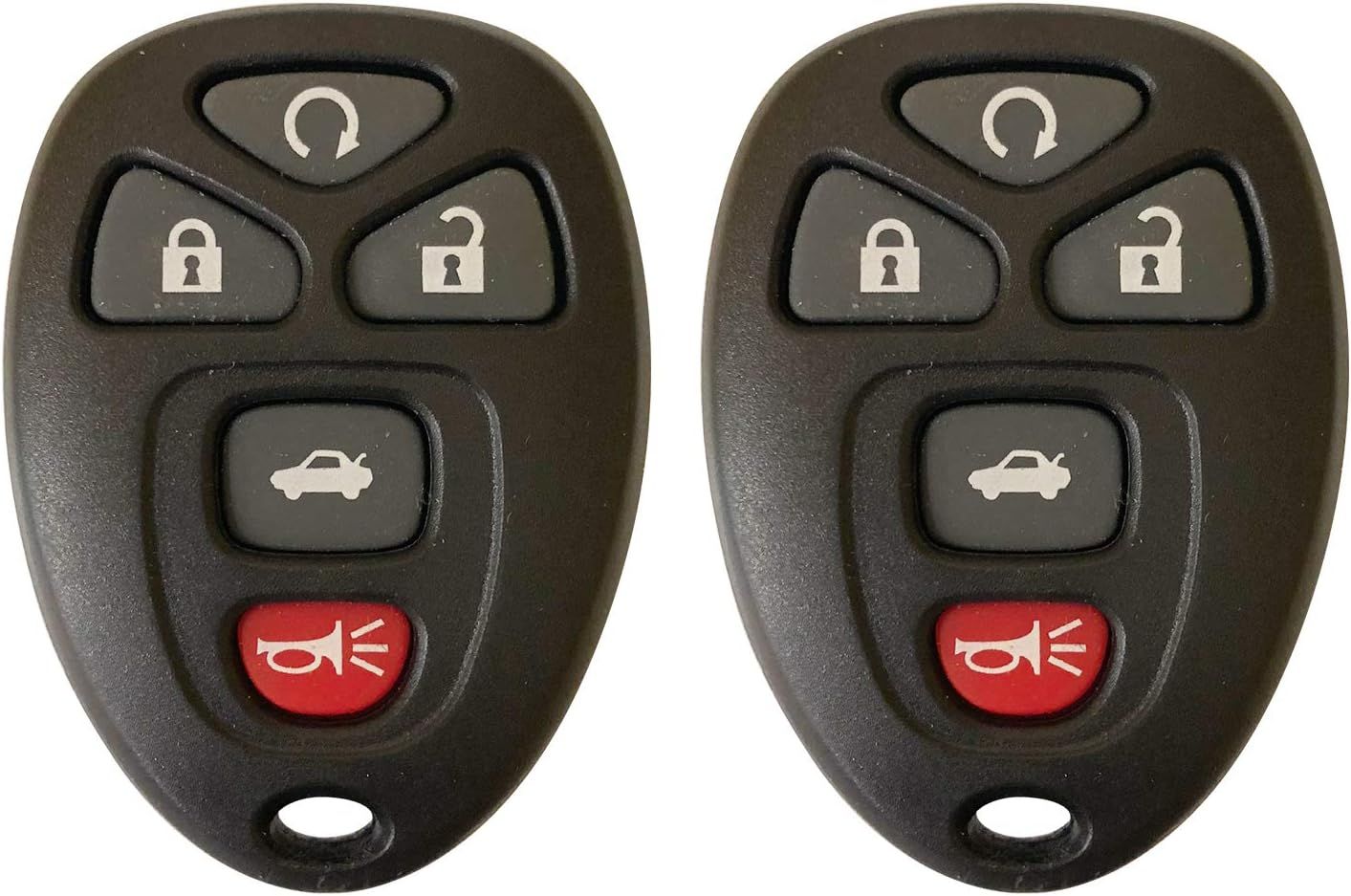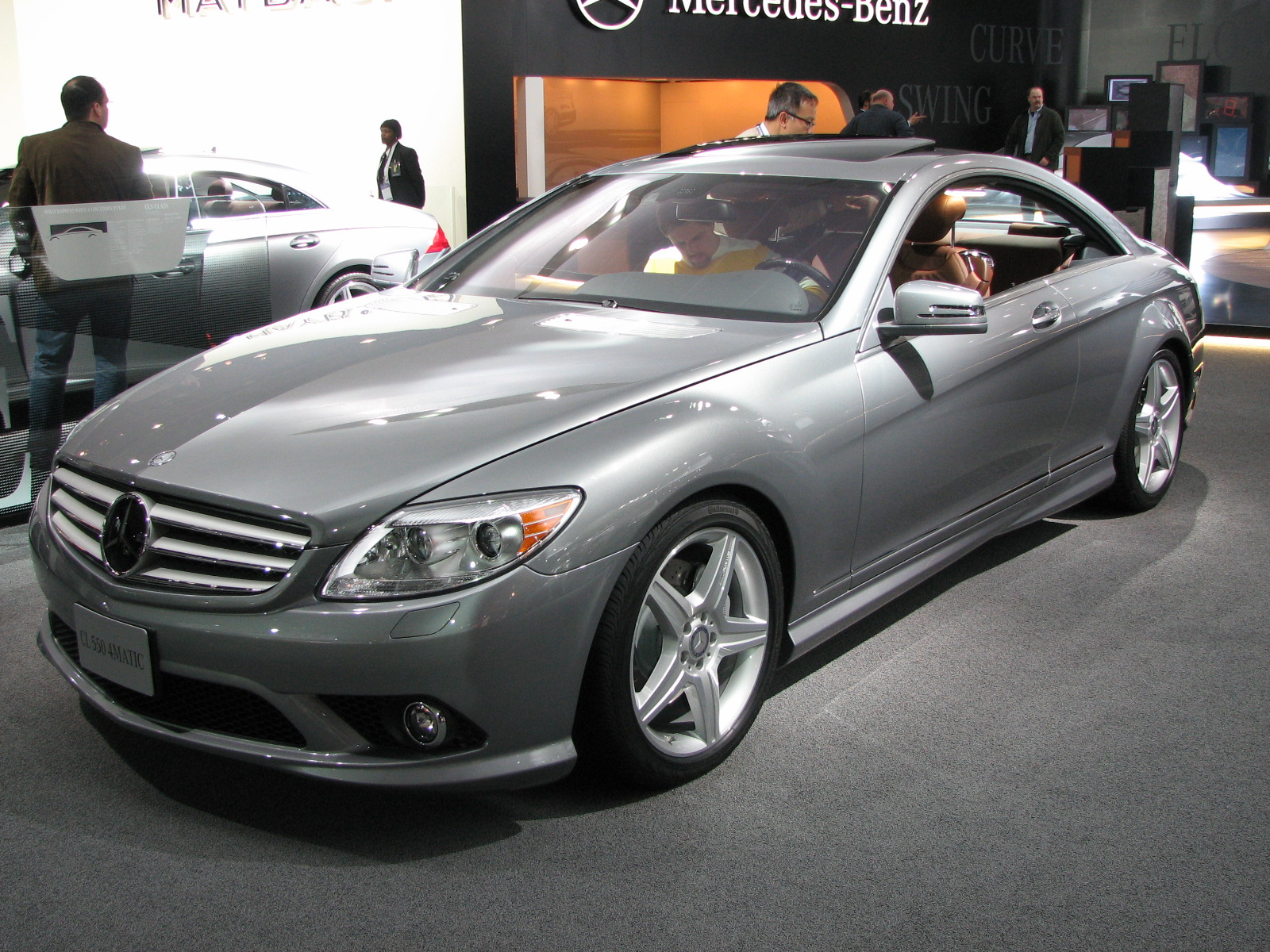Regenerative braking is a revolutionary technology transforming how electric and hybrid vehicles utilize energy. It’s not just a feature; it’s a key to unlocking greater range and efficiency that many drivers aren’t fully harnessing. By understanding and applying a few simple techniques, you can leave fewer precious miles and savings on the table, significantly boosting your vehicle’s performance.
This innovative system captures kinetic energy that would otherwise be lost as heat during deceleration and converts it back into usable electricity, feeding your battery as you slow down. When you lift your foot off the accelerator or start to press the brake pedal, the electric motor reverses and turns into a generator. The car still relies on traditional brakes for ultimate stopping power, but the motor takes on much of the work, adding a little electricity back to the battery pack, ensuring that kinetic energy is not just lost.
To help you get the absolute most out of your electric car, hybrid, or plug-in hybrid, we’ve gathered 14 simple yet powerful ways to optimize your regenerative braking. These practical, actionable tips will transform your driving habits, maximize your mileage, and ensure you’re driving smarter, not harder. Let’s dive into the first seven strategies that will immediately put more energy back into your vehicle.
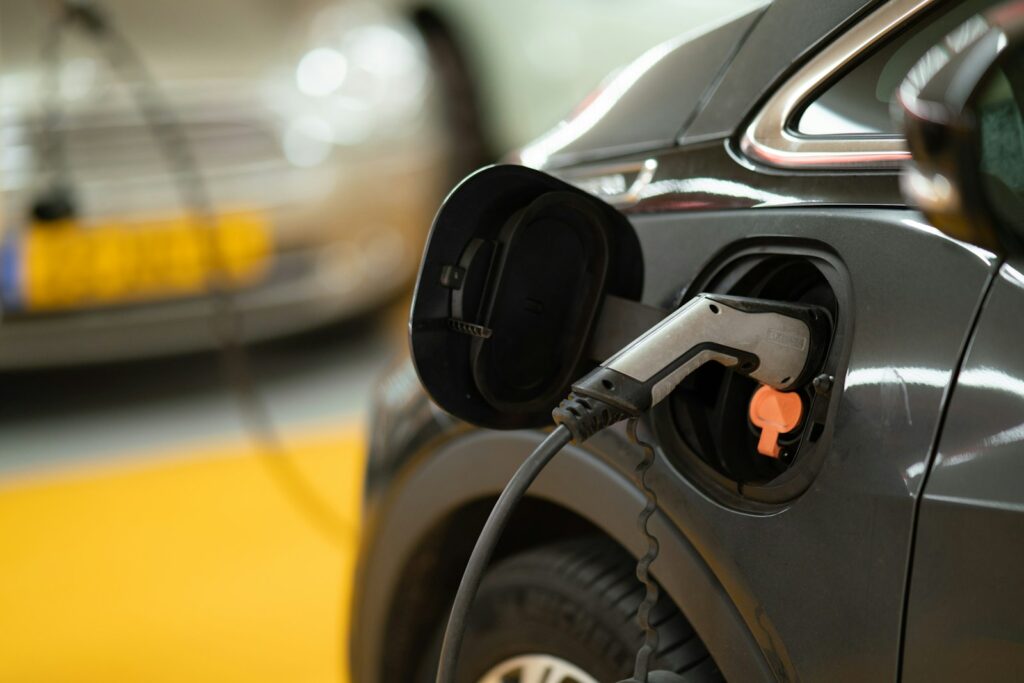
1. **Accelerate Gradually**
One of the most fundamental shifts you can make to maximize regenerative braking starts not with braking, but with accelerating. As the experts at Autotrader point out, “Abrupt acceleration will hurt the efficiency of both electric and gasoline-powered cars.” This is especially true for electric and hybrid vehicles where efficiency gains are tied to smooth energy transitions. When you stomp on the accelerator, your vehicle demands a surge of power, rapidly depleting the battery or burning more fuel.
By adopting a gradual acceleration technique, you reduce the immediate power draw from your battery and motor. This smoother input conserves energy on the front end, meaning there’s less kinetic energy to build up unnecessarily, and crucially, less energy that needs to be scrubbed off aggressively later. It’s about a holistic approach to energy management within your vehicle, setting the stage for effective energy recovery down the road.
Gradual acceleration isn’t just about saving energy; it also creates a smoother, more comfortable driving experience. While it’s true that “hybrid and electric vehicles generally perform better off the line than most gasoline-powered cars,” resisting the urge to exploit that instant torque can yield substantial efficiency benefits. A measured approach ensures that your vehicle’s systems, including its regenerative capabilities, operate within their optimal parameters, ready to capture energy as soon as you lift off the pedal.
This disciplined approach pays dividends by allowing your vehicle’s intelligent systems to work efficiently. A controlled acceleration makes it easier for the regenerative braking system to kick in seamlessly when you eventually decelerate, maximizing the electrical energy generated. Think of it as preparing your car for the next energy-capture opportunity, ensuring that every drive becomes a lesson in efficient energy cycling.
Read more about: The Essential Guide to Recognizing the 10 Most Common Signs Your Vehicle’s Clutch Needs Immediate Replacement
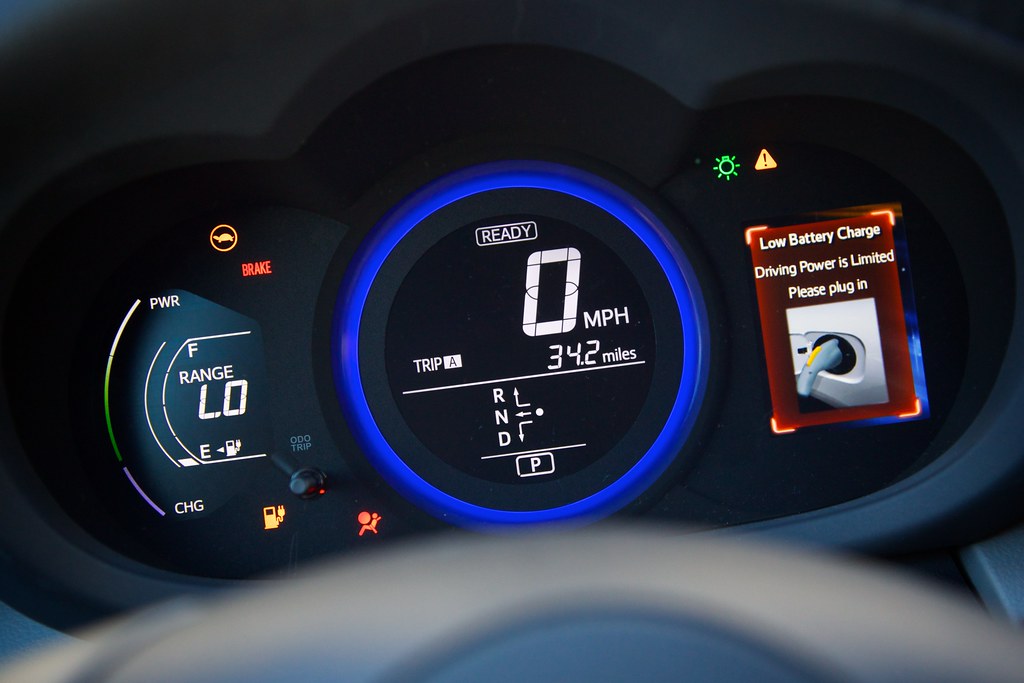
2. **Utilize Economy (Eco) Mode**
Your vehicle likely comes equipped with an “Economy” or “Eco” driving mode, and for good reason. This setting is specifically designed to optimize your car’s efficiency by moderating throttle response and fine-tuning various other systems. According to Autotrader Executive Editor Brian Moody, using the car’s “Economy” or “Eco” setting is a direct way to improve mileage.
When you engage Eco mode, the vehicle’s computer adjusts power delivery, making acceleration less aggressive and more controlled. This aligns perfectly with the principle of gradual acceleration, naturally encouraging a driving style that’s conducive to maximizing regenerative braking. By limiting sudden power demands, Eco mode helps extend your electric-only range in hybrids and ensures smoother transitions in all types of electrified vehicles.
Furthermore, Eco mode can often influence how the regenerative braking system itself operates, sometimes making it more assertive in recovering energy. While the primary goal is overall efficiency, the reduced power output typically associated with Eco mode means there’s less energy being consumed that would otherwise need to be replenished. This mode is a simple, push-button solution to encourage a more energy-conscious driving approach without requiring constant vigilance from the driver.
Making Eco mode your default setting is a quick and effortless way to ensure you’re always operating with efficiency in mind. It acts as a continuous coach, gently guiding your driving habits towards maximum energy conservation and recovery. Experiment with it on different routes to truly appreciate how it can enhance your vehicle’s performance and significantly contribute to using your regenerative brakes to their fullest potential.

3. **Anticipate Stops in Traffic**
One of the most effective strategies for maximizing regenerative braking involves developing a keen sense of foresight on the road. Instead of reacting to traffic, try to anticipate it. The advice is clear: “Also, look ahead in traffic and try to anticipate stops.” This isn’t just about safety; it’s a golden rule for energy recovery.
When you foresee an upcoming slowdown, a red light, or a queue of cars, you can begin your deceleration much earlier and more smoothly. This prolonged, gradual slowing period is precisely where regenerative braking shines. It allows the electric motor ample time to convert kinetic energy into electricity, sending a significant charge back to your battery. Contrast this with sudden, late braking, which forces the traditional friction brakes to take over, shedding energy as heat rather than reclaiming it.
By anticipating stops, you effectively create a longer “energy harvesting” window for your vehicle. This means more time for the electric motor to act as a generator, maximizing the amount of kinetic energy captured. It transforms what would typically be wasted energy into usable power, directly contributing to extending your driving range and reducing wear on your conventional brake components.
This habit not only boosts your vehicle’s efficiency but also enhances driving comfort and safety. Smoother deceleration prevents jarring stops and gives following drivers more time to react. It’s a win-win scenario: you drive more efficiently, save on brake wear, and contribute to a more relaxed and safer journey, all while leveraging your regenerative braking system to its peak capacity. Looking ahead truly lets you stay ahead in the efficiency game.
Read more about: Urban Utility Unpacked: The Top 2025 Compact Trucks Best Suited for City Jobs
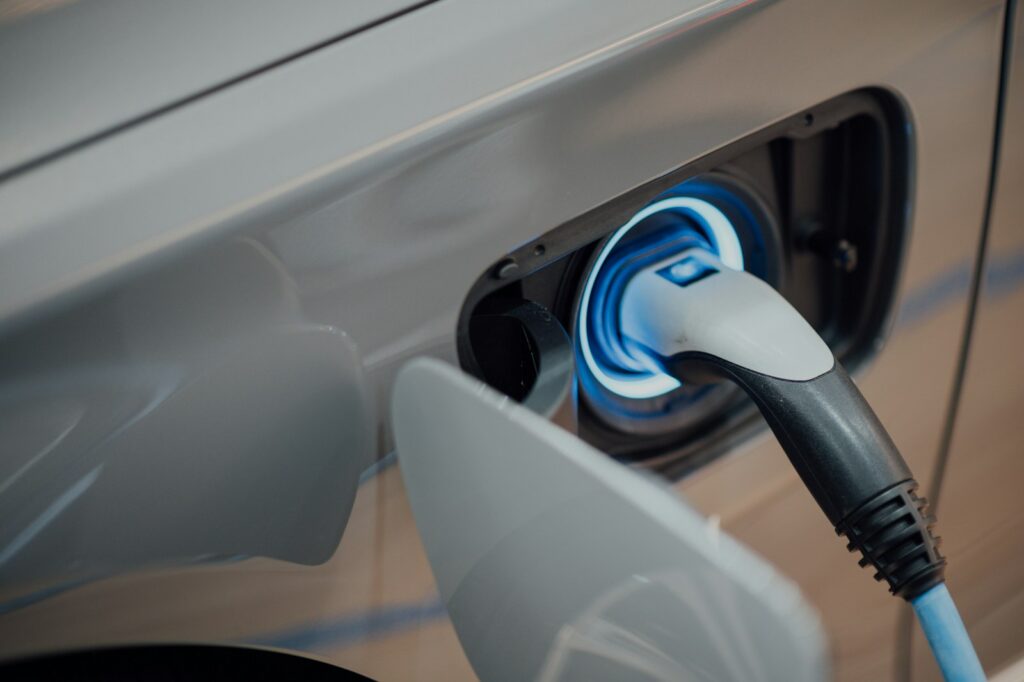
4. **Coast Early & Often (Pre-Braking)**
Building on the concept of anticipating stops, one of the most powerful techniques is to consciously “slow down by letting your foot off the accelerator well before needing to come to a complete stop, rather than stabbing at your brakes.” This isn’t just general good driving advice; it’s the core of effective regenerative braking. The moment you lift your foot from the accelerator, your regenerative system often engages, immediately beginning to capture energy.
This proactive approach allows your car to ‘coast’ using only regenerative braking, gently slowing the vehicle down while actively recharging the battery. Every second you spend in this coasting phase is a second where kinetic energy is being converted into electrical energy, rather than being lost as heat. It’s a continuous, subtle charging process that accumulates significant energy recovery over a typical drive, especially in stop-and-go traffic or urban environments where frequent deceleration is common.
Unlike conventional braking, which dissipates energy, this method actively reclaims it. The goal is to maximize the duration and intensity of the regeneration phase before conventional friction brakes are even needed. By giving the system more time to work, you enable it to recover a greater percentage of the vehicle’s kinetic energy, pushing more electrons back into your battery pack.
Embracing this ‘pre-braking’ strategy through early accelerator lift-off helps you minimize the reliance on your physical brake pads. Not only does this extend the life of your brake components, but it also ensures that the vast majority of your deceleration energy is put back to good use. It’s a habit that transforms deceleration from a wasteful process into a productive one, making every drive more efficient and environmentally friendly.

5. **Leverage Downhills for Maximum Regen**
Gravity can be your best friend when it comes to maximizing regenerative braking. Driving downhill presents a unique and incredibly effective opportunity to capture energy without any effort from your foot. The straightforward tip from the experts is to “Try keeping your foot off the accelerator while going down a hill.”
As your vehicle descends, gravity naturally wants to accelerate it. Instead of using your friction brakes to counteract this force and waste energy as heat, your regenerative braking system steps in. The momentum from the downhill slope drives the electric motor, forcing it to generate electricity, which is then fed back into your battery. It’s like getting a free recharge, literally powered by the force of nature.
This strategy is particularly beneficial on longer descents. The longer you can keep your foot off the accelerator, the more sustained the regenerative process will be. You’ll often notice your vehicle’s energy flow display showing a strong charge indication, demonstrating just how much electricity is being recovered. This significantly contributes to your overall range, effectively extending your journey without consuming additional power.
Not only does this technique boost your efficiency, but it also reduces wear on your conventional brakes and prevents them from overheating on long grades. By letting the regenerative system handle the deceleration, you ensure that your vehicle is not only saving energy but also preserving its mechanical components. So, the next time you encounter a hill, see it as an opportunity for a ‘power-up’ rather than a challenge.
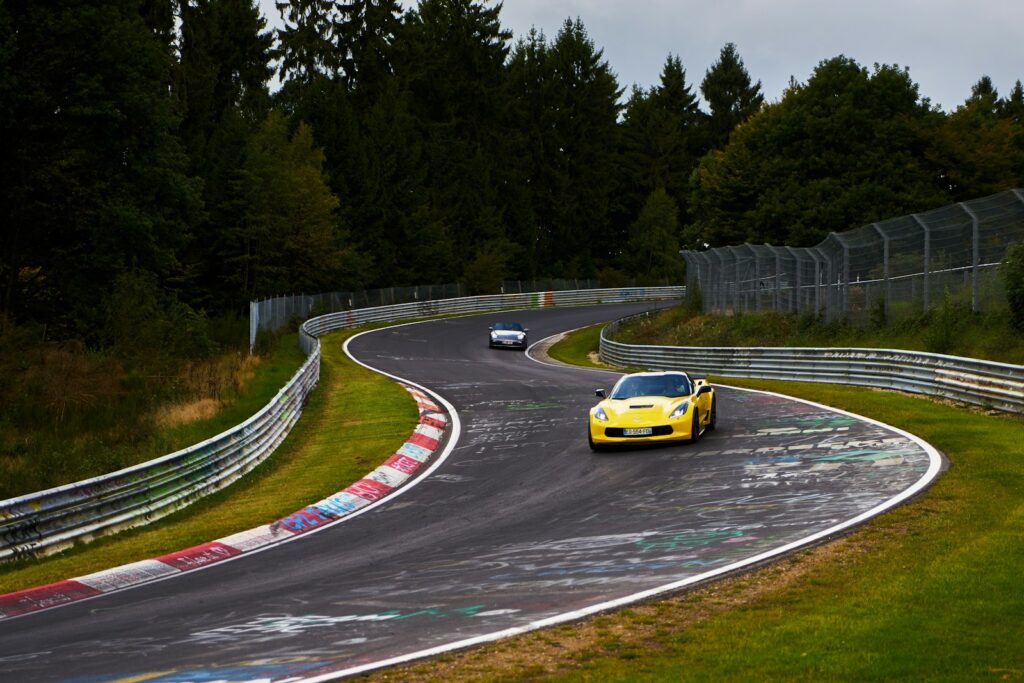
6. **Maximize General Coasting Opportunities**
Beyond specific downhill scenarios, cultivating a general habit of coasting as much as possible is paramount for maximizing your regenerative braking potential. The instruction is simple yet profound: “Coast. Let the regenerative brakes add as much energy as possible by coasting as much as possible.” This principle applies to a wide range of driving situations, not just when you’re preparing to stop or going down a slope.
Coasting means lifting your foot off the accelerator and allowing the vehicle’s momentum to carry it forward while the electric motor passively engages in regeneration. Every time you anticipate a change in speed, a slight dip in the road, or simply a less demanding stretch of highway, consider easing off the pedal. This immediately switches the motor from consuming power to generating it, transforming your forward motion into valuable electricity.
This technique is about extending the duration of energy recovery phases throughout your drive. Even short periods of coasting contribute incrementally to your battery’s charge and overall efficiency. It’s an active exercise in mindfulness, where you’re constantly looking for opportunities to disengage propulsion and engage regeneration, turning every deceleration into a mini-charging session.
By maximizing these coasting opportunities, you are fully leveraging the fundamental design of your EV or hybrid. The more you allow the regenerative system to work, the less you’ll rely on stored battery power or gasoline, ultimately leading to a longer range and better fuel economy. It’s a habit that redefines driving efficiency, turning seemingly unproductive moments into valuable energy gains.
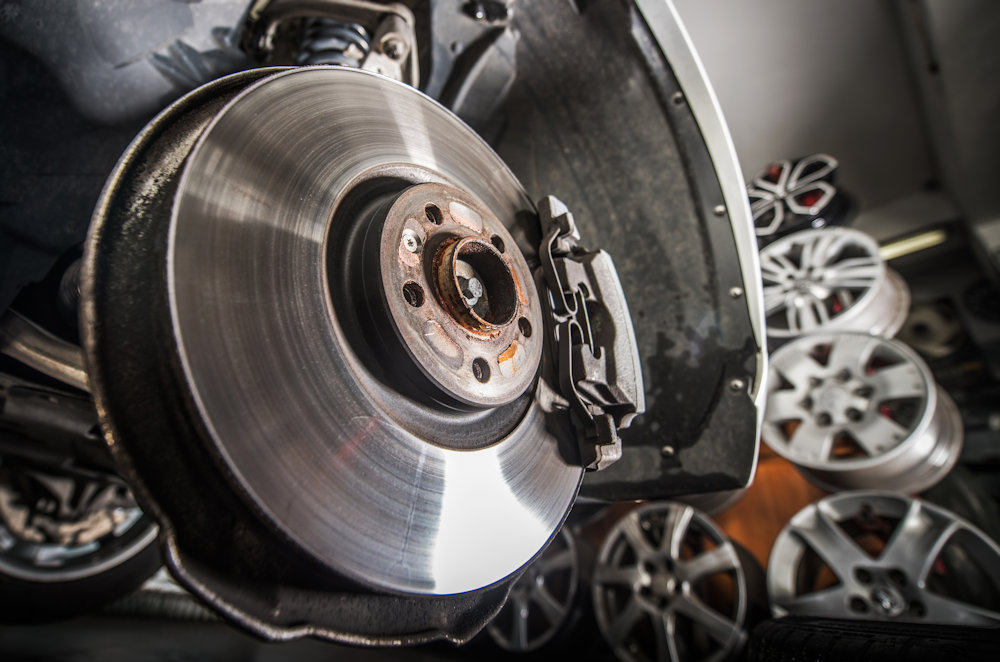
7. **Brake Gradually and Smoothly**
Even when you need to actively apply the brakes, how you do it significantly impacts the amount of energy your regenerative system can recover. The advice is clear: “When braking, do it gradually and avoid stomping on the brake pedal at the last minute.” This distinction is crucial because a gradual application allows the vehicle’s systems to prioritize regenerative braking before bringing the friction brakes fully into play.
In most modern electric and hybrid vehicles, the brake pedal is a ‘blended’ system. The initial travel of the pedal primarily engages regenerative braking. Only as you press harder, signaling a need for more aggressive deceleration, do the traditional friction brakes become more prominent. By applying consistent, gentle pressure, you give the regenerative system the optimal window to convert kinetic energy back into electrical power, maximizing the energy capture.
Conversely, slamming on the brakes forces the vehicle to rely heavily on its conventional friction brakes. This bypasses much of the regenerative capability, as the immediate demand for stopping power overrides the slower, energy-recapturing process. The energy is then wasted as heat, defeating the purpose of having a regenerative system in the first place and accelerating wear on your brake pads and rotors.
Developing a habit of smooth, gradual braking isn’t just about maximizing energy recovery; it also contributes to a more comfortable ride for passengers and significantly reduces the wear and tear on your vehicle’s physical brake components. It’s a nuanced technique that ensures every braking event contributes optimally to your car’s efficiency and longevity, seamlessly blending advanced technology with intuitive driving practices.
Read more about: The Essential Guide to Recognizing the 10 Most Common Signs Your Vehicle’s Clutch Needs Immediate Replacement
8. **”Trick” the Control Module into Electric-Only Mode (Hybrid-Specific Strategy)**
This ingenious maneuver, highlighted by Autotrader Executive Editor Brian Moody, offers hybrid drivers a direct way to extend electric-only mode, particularly beneficial at speeds often considered less optimal for hybrids. While electric and plug-in hybrid vehicles maximize electric propulsion, traditional hybrids sometimes need a nudge to keep their gasoline engines dormant, especially when cruising above 30 mph. This clever technique capitalizes on the vehicle’s control logic.
The technique involves a very specific interaction with the accelerator pedal. If you are traveling at a steady speed, lift your foot completely off the accelerator, allowing the car to coast momentarily. Then, immediately and very gently, press down on the accelerator again—just enough pressure to maintain speed without prompting the internal combustion engine to kick in. This subtle input often signals to the car’s control module that minimal power is needed, encouraging it to continue running in electric-only mode for longer.
By consciously extending these electric-only segments, you directly reduce fuel consumption, a core benefit for hybrid drivers aiming for maximum efficiency. Every extra moment the gasoline engine is off means less fuel burned. Furthermore, when operating purely on electric power, any subsequent deceleration, even a slight easing of the pedal, will engage the regenerative braking system to its fullest, efficiently converting kinetic energy back into electricity for the battery.
This subtle manipulation of the accelerator becomes a vital skill for hybrid owners focused on squeezing every possible electric mile. Mastering this “trick” not only saves money on fuel but also provides a more serene driving experience by minimizing engine noise and vibrations, embodying a smarter, more engaged approach to hybrid driving.
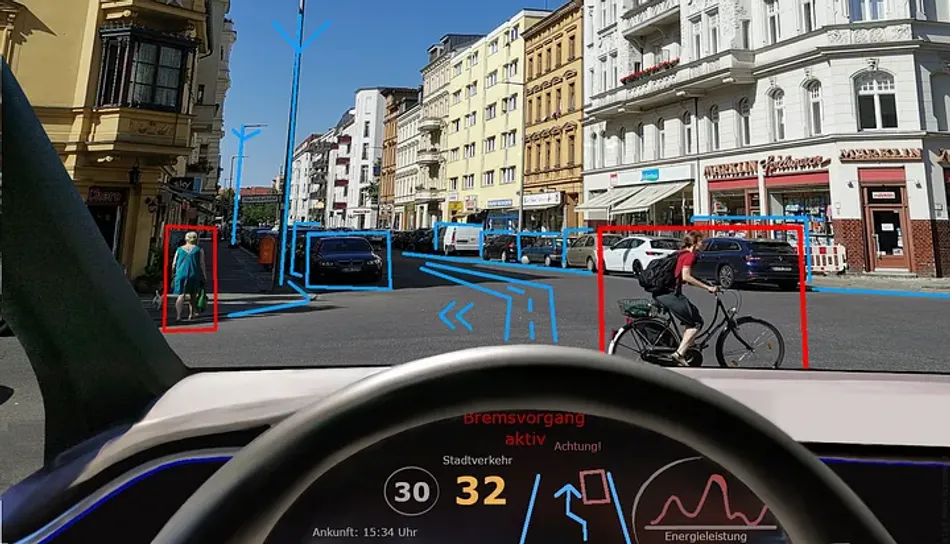
9. **Optimize Driving at Highway Speeds with Cruise Control and Anticipation**
While urban stop-and-go traffic is a playground for regenerative braking, optimizing efficiency at highway speeds presents a different challenge for hybrids. Above 30 mph, the goal shifts from frequent energy recovery to minimizing unnecessary expenditure and maintaining smooth, consistent motion. Strategic use of cruise control and advanced anticipation truly comes into its own here.
For sustained driving over longer distances, engaging your vehicle’s cruise control system is often the most effective approach. Cruise control excels at maintaining a steady speed, preventing the micro-adjustments in throttle input that can lead to slight accelerations and decelerations. These constant, small changes cumulatively reduce efficiency over long distances, whereas consistent speed management optimizes the blend of engine and electric motor power.
Beyond cruise control, true highway efficiency still benefits immensely from anticipation. Looking far ahead to predict traffic slowdowns, gentle inclines, or upcoming off-ramps allows you to ease off the accelerator earlier. This initiates a longer coasting phase, even at higher speeds. While the regenerative effect might be milder than in city driving, these prolonged coasting opportunities allow the system to continuously add small amounts of energy back to the battery, rather than relying solely on friction brakes at the last moment.
This disciplined approach to highway driving not only helps conserve energy but also reduces wear on your physical brake components. It’s a holistic strategy: leveraging cruise control for steady states and maintaining a vigilant eye on the road ahead to maximize every possible energy recovery window, ensuring your electrified vehicle operates at peak efficiency across all conditions.
Read more about: The Enduring Journey: Unpacking the Profound Reasons Why Americans Are Keeping Their Cars for Two Decades and Beyond
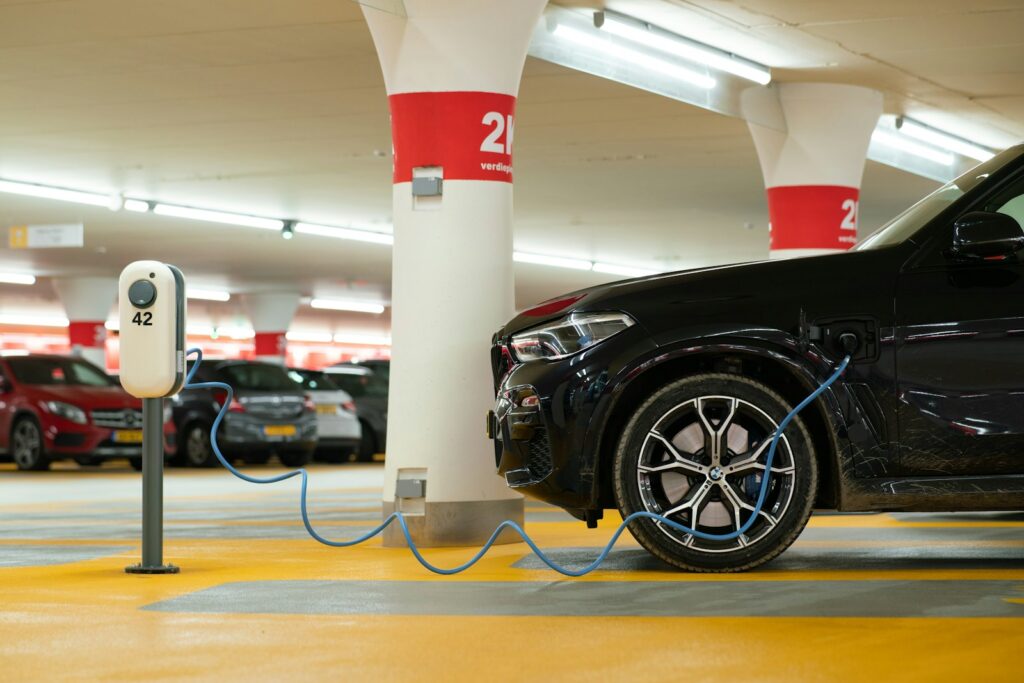
10. **Embrace One-Pedal Driving (If Your Vehicle Supports It)**
For many EV and advanced hybrid owners, “one-pedal driving” is a revelation, representing one of the most direct and engaging ways to maximize regenerative braking. This mode transforms the deceleration experience, turning a two-foot operation into a fluid, single-pedal interaction. It’s a critical strategy for truly unlocking your EV’s full regenerative potential.
In a one-pedal driving setup, simply lifting your foot off the accelerator pedal doesn’t just cut power; it actively engages a robust regenerative braking force. The electric motor, reversing its role, begins to slow the car, converting kinetic energy into electricity and sending it directly back to the battery. The degree of deceleration can often be modulated by how quickly you lift your foot, allowing for fine control without touching the conventional brake pedal.
This method offers a remarkably smooth and intuitive driving experience once drivers adapt. It reduces constant foot shifting, alleviating driver fatigue in stop-and-go traffic. More importantly, it dramatically minimizes reliance on conventional friction brakes. Wear and tear on brake pads and rotors are significantly decreased, extending their lifespan and saving on maintenance costs, as the regenerative system handles most deceleration needs.
Adopting one-pedal driving is a powerful step towards maximizing your vehicle’s efficiency and extending its electric range. It ensures that every instance of slowing down becomes an opportunity to recapture valuable energy. While it requires adjustment, the benefits in energy savings, component longevity, and driving comfort make it an indispensable technique for fully harnessing your regenerative braking system.
11. **Strategically Plan Your Routes for Regenerative Advantage**
The adage “it’s not just how you drive, but where you drive” holds particular truth for maximizing regenerative braking. Thoughtful route planning can create environments where your electrified vehicle’s energy recovery system operates at its peak, directly translating into extended range and improved efficiency.
For instance, “Hybrids do best at low speeds.” This is a fundamental principle of their design and how their regenerative systems are most effectively utilized. Frequent stops, gradual accelerations, and consistent low-speed driving—hallmarks of urban or suburban routes—provide countless opportunities for the electric motor to engage in energy recovery as you navigate traffic lights and intersections. Actively “look for low-speed options when picking a route” to leverage this characteristic.
Conversely, while “Go downhill. Try keeping your foot off the accelerator while going down a hill” is great for regen, avoiding excessively hilly areas for overall efficiency can be wise. On very steep or unpredictable descents, drivers may use friction brakes more aggressively for safety and control, reducing net energy recaptured. A balanced route with steady, moderate elevation changes or predominantly flat sections with frequent mild decelerations can often yield more consistent and higher total energy recovery.
Ultimately, your choice of route is a proactive step in energy management. By prioritizing routes that naturally foster a driving style conducive to regeneration—those with moderate speeds and predictable deceleration events—you empower your vehicle to continuously top up its battery. This intelligent approach transforms your daily commute into an optimized energy-harvesting journey, ensuring you’re getting the most out of your advanced braking technology.
Read more about: Unlocked: The EV Expert’s 10 Essential Strategies to Maximize Your Electric Vehicle’s Range Effortlessly
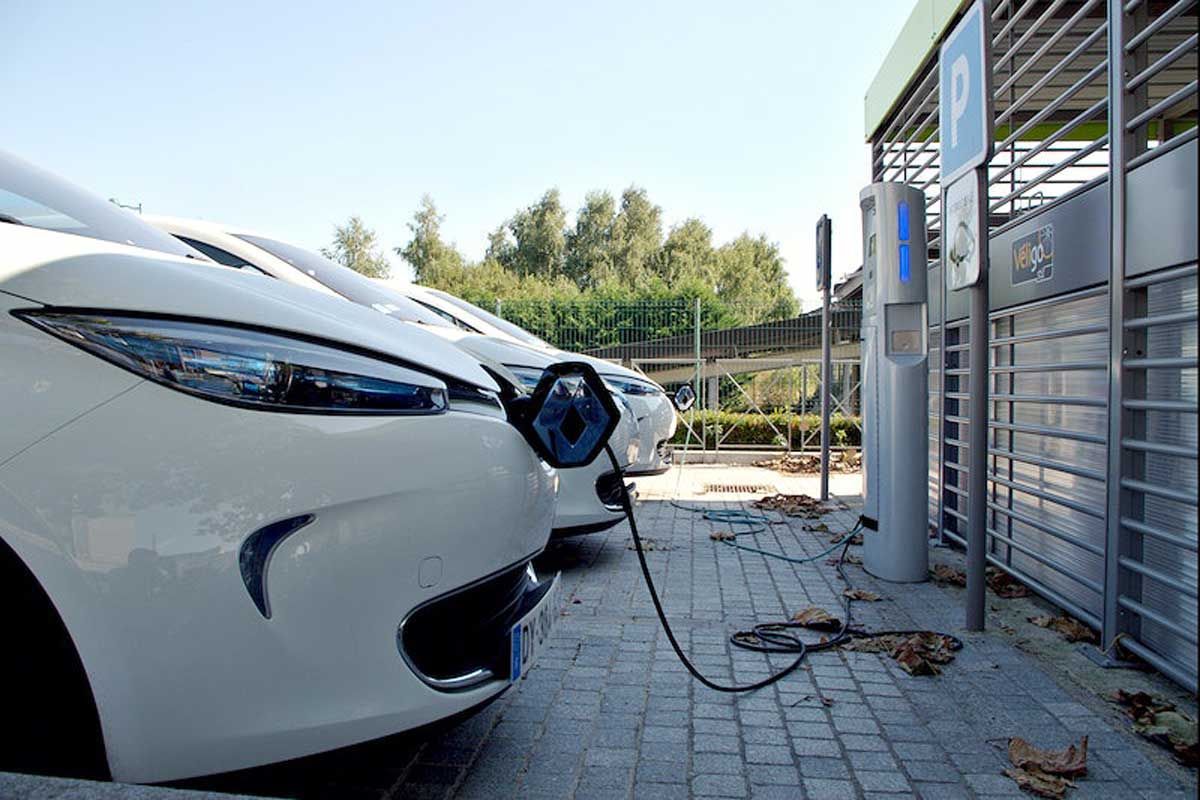
12. **Prioritize and Maintain Your Electric-Only Range (Especially for PHEVs)**
For plug-in hybrid electric vehicle (PHEV) owners, a pivotal strategy for maximizing regenerative braking revolves around consistently maintaining and utilizing the vehicle’s electric-only range. This isn’t merely about environmental consciousness; it’s a direct pathway to optimal efficiency and energy recovery.
When your PHEV operates in electric-only mode, the entire propulsion system relies on the battery and electric motor. This means every instance of deceleration, even a slight easing off the accelerator, directly engages the electric motor for regeneration. The kinetic energy that slows the car is converted back into electricity and fed into the battery, directly extending your emission-free driving capability. This cycle of consuming electric power and then recovering it becomes the backbone of your vehicle’s efficiency.
To fully exploit this synergy, the recommendation is unequivocal: “With a PHEV, always plug the car in anytime you’re parked so you can be using electricity most of the time.” By diligently keeping your battery fully charged, you ensure maximum electric range available. This proactive charging habit means you can drive predominantly on electric power for most daily commutes, maximizing opportunities for regenerative braking to constantly replenish that electric energy.
This strategy not only reduces your reliance on the internal combustion engine but also ensures the regenerative braking system is consistently working to its full potential within the electric ecosystem. It’s about creating a virtuous cycle where electric propulsion leads to electric regeneration, leading to more electric propulsion. For PHEV drivers, this commitment to electric-first driving is the ultimate way to leverage their vehicle’s advanced capabilities, making every mile count towards greater efficiency and sustainability.
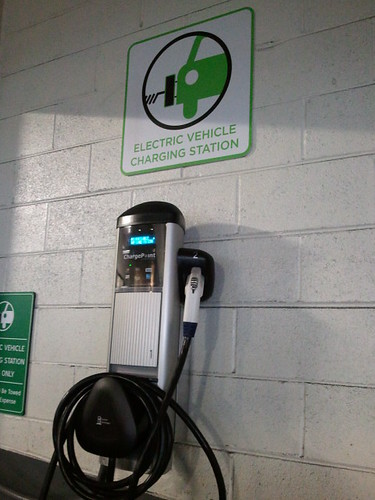
13. **Actively Monitor Your Battery’s State of Charge and Health**
The efficiency of your regenerative braking system is intimately tied to the health and current state of charge (SOC) of your vehicle’s battery. Just as a full sponge cannot absorb more water, a fully charged battery cannot accept much additional energy from regeneration. Understanding and monitoring these factors is paramount for maximizing energy recovery.
The battery’s “ability to accept the incoming charge” is a critical limiting factor for regenerative force. If your battery is already near 100% SOC, the battery management system intelligently reduces regenerated energy to prevent overcharging. Conversely, a battery at a lower or mid-range SOC is an optimal candidate for absorbing significant regenerated energy, allowing the system to operate at its most effective.
Furthermore, battery temperature plays a crucial role. “Cold weather challenges” can lead to “reduced battery acceptance,” meaning less energy can be absorbed when cold. Modern EVs and hybrids often feature sophisticated thermal management systems, but awareness of these conditions helps drivers anticipate variations in regenerative braking performance. Regularly checking your vehicle’s energy flow displays and battery status provides invaluable feedback on system performance and limitations.
By being mindful of your battery’s SOC and operating conditions, you can make more informed driving decisions. For example, knowing you have a long downhill stretch ahead might prompt you to slightly deplete your battery beforehand, creating more “headroom” for incoming regenerated energy. This active monitoring allows you to work *with* your vehicle’s sophisticated battery management system, ensuring every opportunity for energy recovery is seized, boosting both efficiency and battery longevity.
Read more about: Navigating EV Battery Warranties: A Comprehensive Guide to Longest Coverage for Peace of Mind
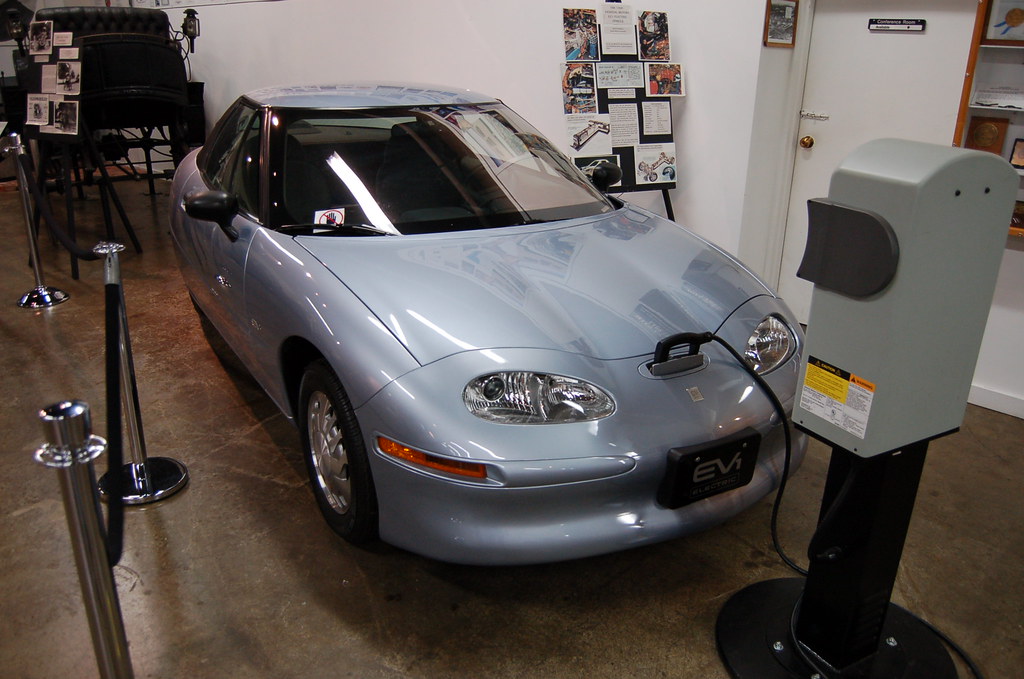
14. **Adjust Regenerative Braking Levels for Personalized Efficiency (If Available)**
One of the most empowering features for drivers keen on mastering regenerative braking is the ability to adjust its intensity. Many advanced electric and hybrid vehicles offer user-selectable settings that allow you to fine-tune how aggressively your car slows down and regenerates energy when you lift off the accelerator or apply the brakes. This customization can significantly impact both driving comfort and overall energy recovery.
If your vehicle comes with a “progressive regenerative feature” or other driver-adjustable regen levels, experiment with them. A higher, more aggressive setting will provide stronger deceleration and maximize energy recovery, often creating a pronounced one-pedal driving feel. This can be effective in dense urban traffic. Conversely, a lower or milder setting might offer gentler deceleration, preferred by some for a more traditional coasting experience or for highway driving where maintaining momentum is key.
As Autotrader Executive Editor Brian Moody advises for cars with a progressive regenerative feature, leaving it “in the middle of the range” can serve as an excellent starting point. This balanced setting allows you to experience both the benefits of energy recovery and a comfortable, predictable driving feel. The goal is to find the “sweet spot” that aligns with your personal driving style, prevailing road conditions, and efficiency objectives, ensuring the system is optimized for your specific needs without compromising comfort or safety.
Taking time to understand and adjust these settings transforms regenerative braking from a passive feature into an active, customizable tool in your efficiency arsenal. It allows you to consciously adapt your vehicle’s behavior to different scenarios, providing a personalized approach to energy management. This level of control empowers you to truly unlock and leverage the full, dynamic potential of your regenerative braking system, making every journey a more efficient and rewarding experience.
Regenerative braking isn’t just a technological marvel; it’s a dynamic and interactive component of your electrified vehicle that, when understood and actively engaged with, can dramatically enhance your driving experience. By adopting these advanced strategies—from utilizing hybrid-specific ‘tricks’ at highway speeds and embracing intuitive one-pedal driving, to meticulously planning routes, intelligently monitoring your battery’s health, and even customizing regen levels—you transform from a passive driver into an active energy manager. Each tip empowers you to unlock greater range, reduce wear on components, and ultimately cultivate a more efficient, economical, and consciously rewarding relationship with your vehicle. The road to maximizing your regenerative potential is open, and with these insights, you’re now equipped to drive smarter, not just harder.

